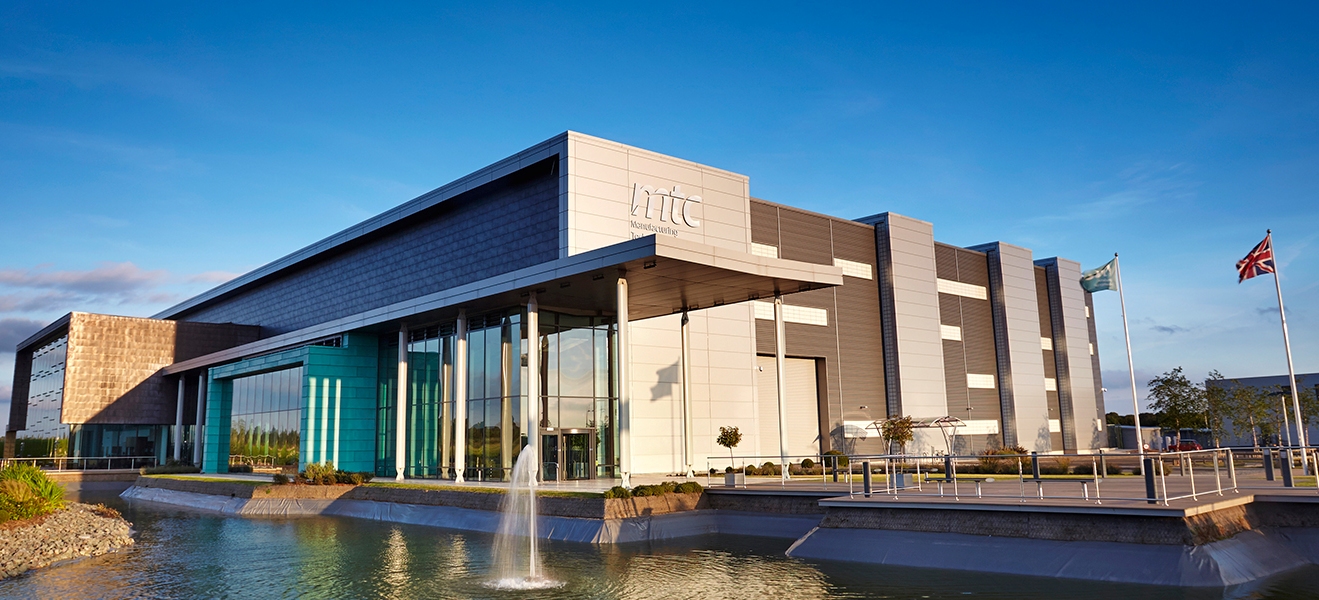
The European Space Agency (ESA) has reportedly set up a new UK-based ‘one-stop shop’ covering additive manufacturing (AM) in partnership with the Manufacturing Technology Centre (MTC).
The MTC, based in Coventry and home to the UK National Centre for Additive Manufacturing, will manage the new ESA Additive Manufacturing Benchmarking Centre (AMBC), which will provide a way for ESA projects and companies to investigate the potential of AM for their work.
‘The ESA’s Directorate of Technology, Engineering and Quality has called for the creation of a detailed roadmap for the harnessing of 3D printing to the space sector,’ said Torben Henriksen, Head of ESA’s Mechanical Department. ‘‘We’ve been guided to set up this Centre, with customers and industrial partners questioning us about the best way to try out 3D printing for the first time and test out the maturity of the results.’
Rocket engine
The ESA plans to make use of the center to develop parts for the Vega small launcher. ‘By evolving Vega over time, we aim to hone its competitiveness, increase its flexibility and reduce recurring costs,’ said Giorgio Tumino, who is overseeing its development programme for ESA. ‘We’re co-operating with the AMBC to investigate the use of 3D printing for rocket engine thrust chambers for Vega’s upper stage, potentially allowing for a significant simplification in production and reduced costs.
‘For such high pressure/high efficiency liquid rocket thrust chambers, a good surface finish is essential, with the absence of critical defects and the equivalent strength properties of its parent material – produced to a size at the limit of the current capabilities for powder-based additive manufacturing machines, using non-standard alloys.
‘The AMBC will demonstrate the capability to use 3D printing on copper-based thrust chambers and set the proper process parameters, producing a one-third scale thrust chamber that can then be used for firing tests. If all goes well, then the next step would be to scale it up to full scale, and start the formal qualification of the process for flight use.’
This story is reprinted from material from The Manufacturing Technology Centre, with editorial changes made by Materials Today. The views expressed in this article do not necessarily represent those of Elsevier.




